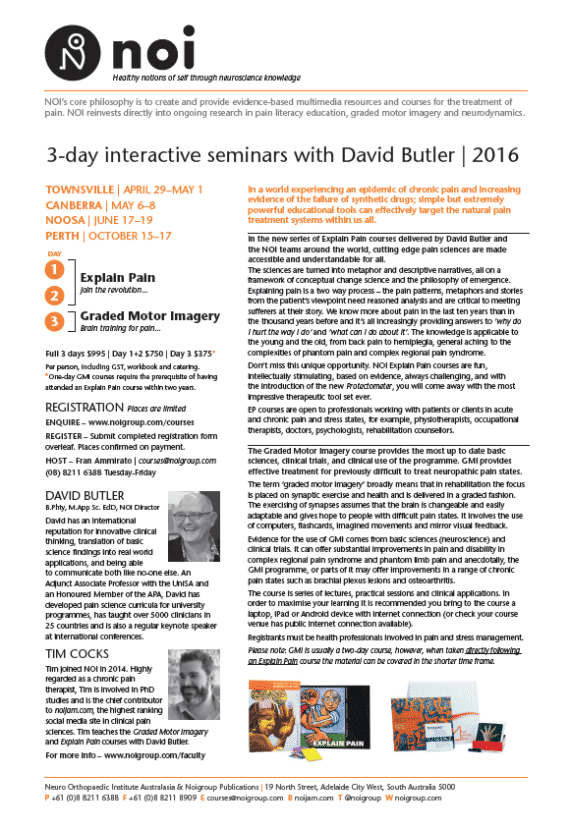Recently published in Scientific Reports and open access:
Phantom limb perception interferes with motor imagery after unilateral upper-limb amputation
A potential contributor to impaired motor imagery in amputees is an alteration of the body schema as a result of the presence of a phantom limb. However, the nature of the relationship between motor imagery and phantom experiences remains unknown. In this study, the influence of phantom limb perception on motor imagery was investigated using a hand mental rotation task by means of behavioral and electrophysiological measures.
The key findings
In amputees without a task-phantom, behavioral performance and brain activity were equivalent to that for healthy controls, indicating that their ability of motor imagery was unaffected even many years after amputation.
Although motor imagery was not disabled by unilateral limb loss in amputees with a task-phantom, their speed was significantly reduced.
One possibility is that unnatural postures of the phantom limb interfere with motor imagery of the corresponding body part. As a representative instance of motor imagery, the hand mental rotation task requires the participants to mentally rotate their own hand to match the hand presented in the experiment30. This process has been shown to be involuntarily influenced by the physical configuration of the participants’ real hand. (emphasis added)
Our results suggest that phantom experiences should be taken into consideration when studying motor imagery in amputees.
Some considerations for Graded Motor Imagery
The paper from Lyu et al (2016) is a fascinating read and picks up on notions of “body schema” and the feeling of ownership of our bodies – ideas that are also relevant in pain and problem states that don’t involve amputation. These are heady ideas, and have implications across philosophy and biology in relation to fundamental issues of what it is to be an agent operating in the world (thoughts of embodiment and enactment come to mind). But there are a few simple ideas that might be gleaned in relation to the application of Graded Motor Imagery in the clinic:
- Reinforcement of the essential importance of the subjective experience of the patient – if you are helping an individual with phantom limb pain, asking about and seeking to understand their unique phantom experience is vital.
- When testing Left/Right Discrimination, the position of the individual’s hands is important – for consistency in testing, a standard ‘neutral’ position is best.
- When training Left/Right Discrimination, actual hand position can be used to add complexity and challenge and as another way to grade the process – crossing the hands (feet) over, putting one hand behind the back, and using different locations in space to manipulate Flash Cards or the App are just some possibilities.
– Tim Cocks
We’re emerging into an action packed Australian teaching tour in 2016. Click on the image below, or the location links, for details:

Townsville: April 29-May 1 EP & GMI
Canberra: at the Australian Institute of Sport May 3-4 MONIS, May 6-8 EP & GMI
Adelaide: May 14-15 Pain, Plasticity and Rehabilitation
Noosa: June 17-19 EP & GMI
Perth: October 15-17 EP & GMI

comments